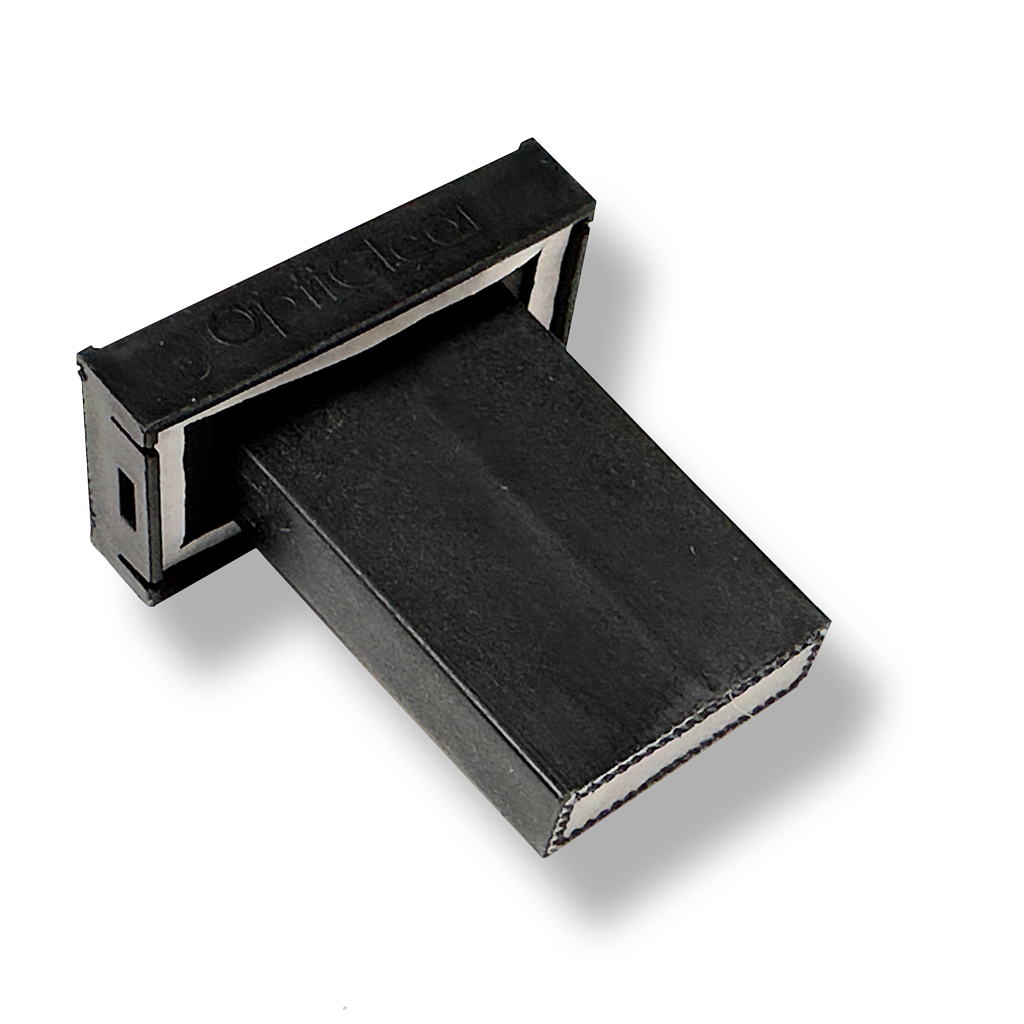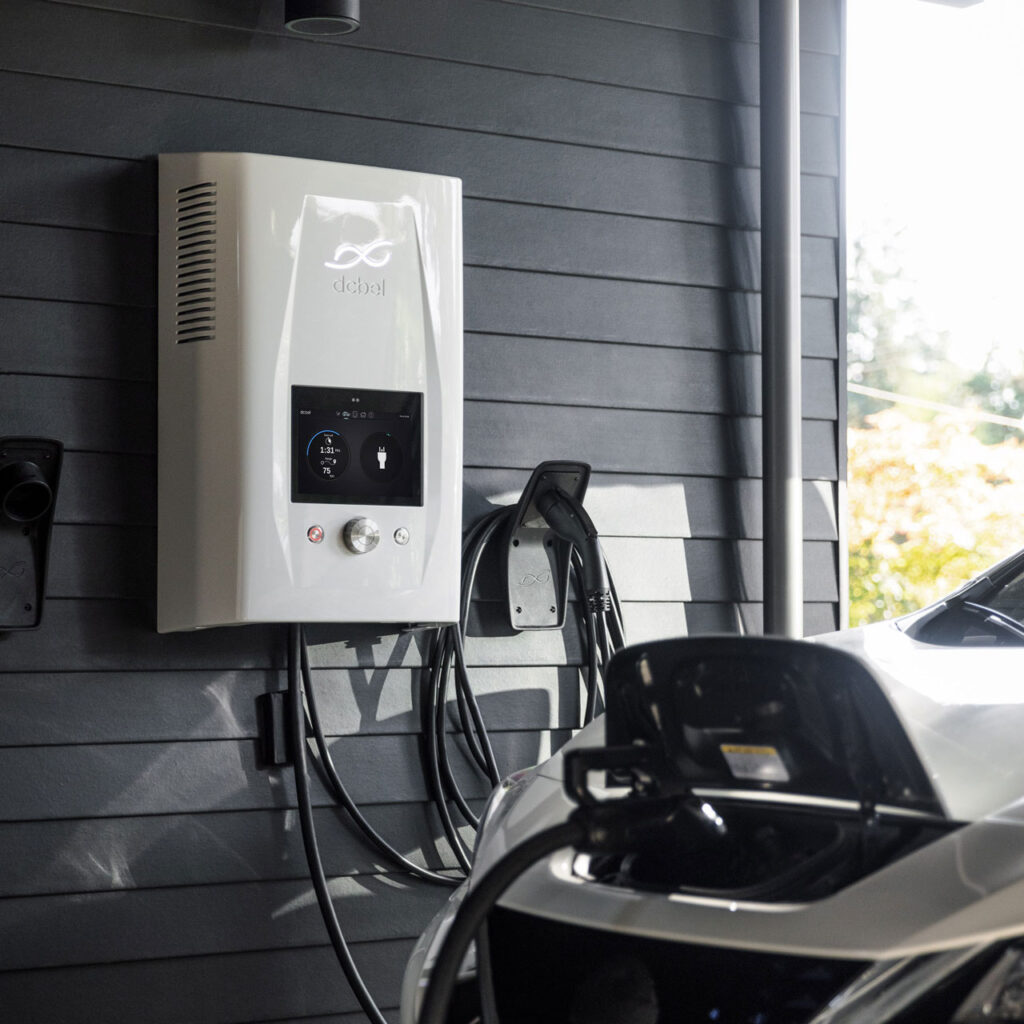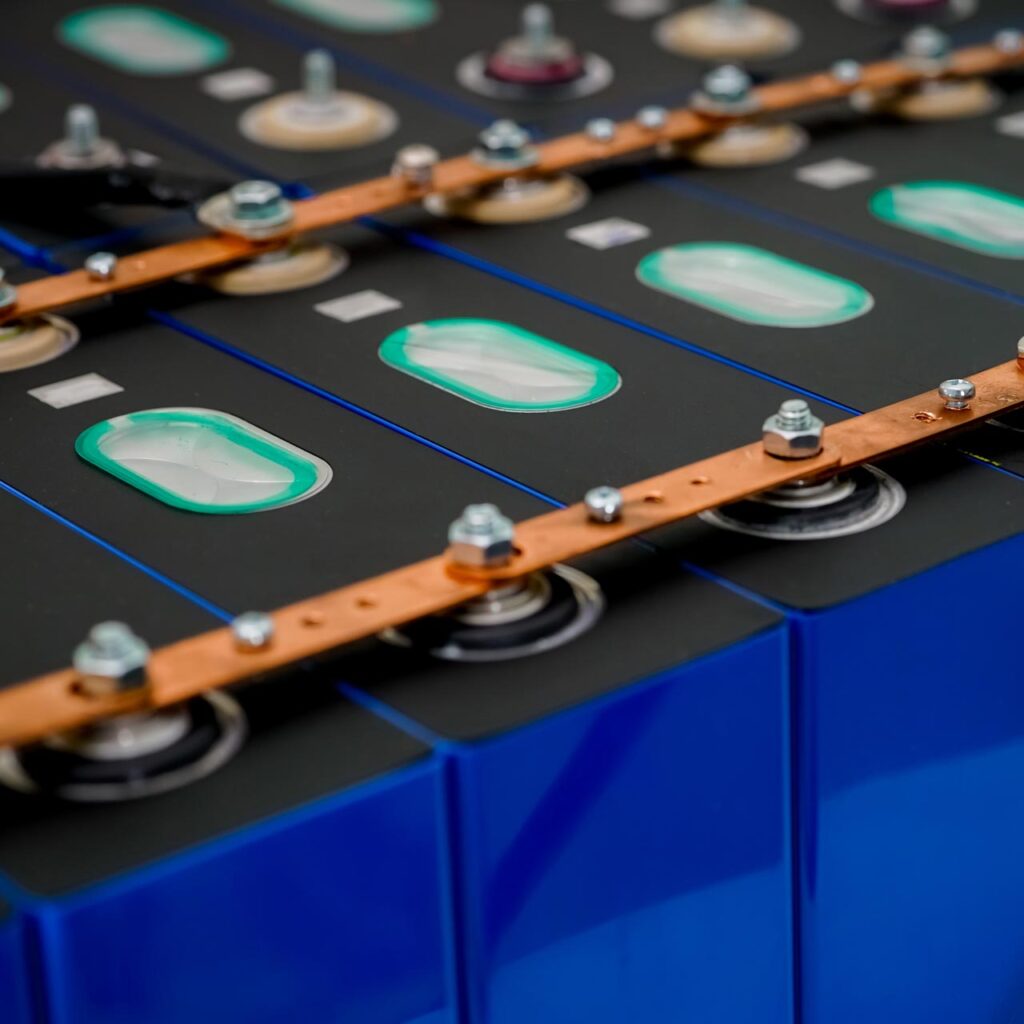
OptiClear®
OptiClear® is an advanced desiccant technology that does not need periodic replacement like conventional desiccants. The clever design integrates a novel valve system that leverages small changes in temperature to dry the desiccant in place.
OptiClear only needs to be installed once, regenerating itself over countless cycles.
Requiring no electricity, OptiClear is easy to integrate into your product design and easy to install on your manufacturing line.

How It Works
Learn more about how the world’s first self-regenerating desiccant solution addresses the challenge of preventing automotive headlamp condensation

USE CASE:
Automotive Headlamps
OptiClear was first developed for the headlamp industry, where the number one driver of warranty returns is moisture accumulation. When water vapor condenses inside headlamps, it spoils vehicle appearance, frustrates consumers, affects road visibility, creates potential safety risks, and leads to costly warranty claims.
OEM’s and their suppliers have been searching for the right solution, but nothing has proven effective over the long-term until now.
OptiClear keeps headlights shining bright and clear and a lower total cost of ownership than single use desiccant components.
USE CASE:
Electric Vehicle Charging Stations
Electric vehicle charging stations are installed outside, often with no roof above them to protect them from the elements. They are extremely vulnerable to moisture accumulation. To preserve their longevity, it is critical to place a desiccant inside them.
A traditional desiccant solution such as a desiccant bag drives up the cost of maintaining a charging station because it needs to be replaced frequently, increasing service intervals.
With Opticlear, the desiccant only needs to be installed once, reducing maintenance expenses while extending the life of the charging station.


USE CASE:
Electric Vehicle Batteries
EV battery assemblies are generally packaged within a protective housing that ensures individual cells maintain proper electrical connectivity and prevents water and debris from creating electrical short circuits or damaging critical components. Since these assemblies can generate substantial heat during charge/discharge cycles, the housing must be vented to allow air pressure to equalize and prevent rupture.
Water can make its way into these housings by diffusing through vents or by “breathing” during heating/cooling cycles. If the outside air is especially humid or if certain parts of the battery assembly are cold enough, water vapor can condense inside the battery and cause many issues. Another source of water may be the battery itself. Many battery assemblies use plastics that absorb water. When the battery heats, these plastics can release water. If that water isn’t quickly removed from the assembly housing, it can lead to condensation.
Desiccants can help avoid the damage caused by water in EV batteries, but the desiccant will need to be replaced over time. As long as the battery is vented, the desiccant will eventually become saturated and will no longer provide moisture protection.
We can work with you to develop a serviceable solution or evaluate our advanced self-regenerating desiccant technology that can eliminate the need to replace the desiccant.


